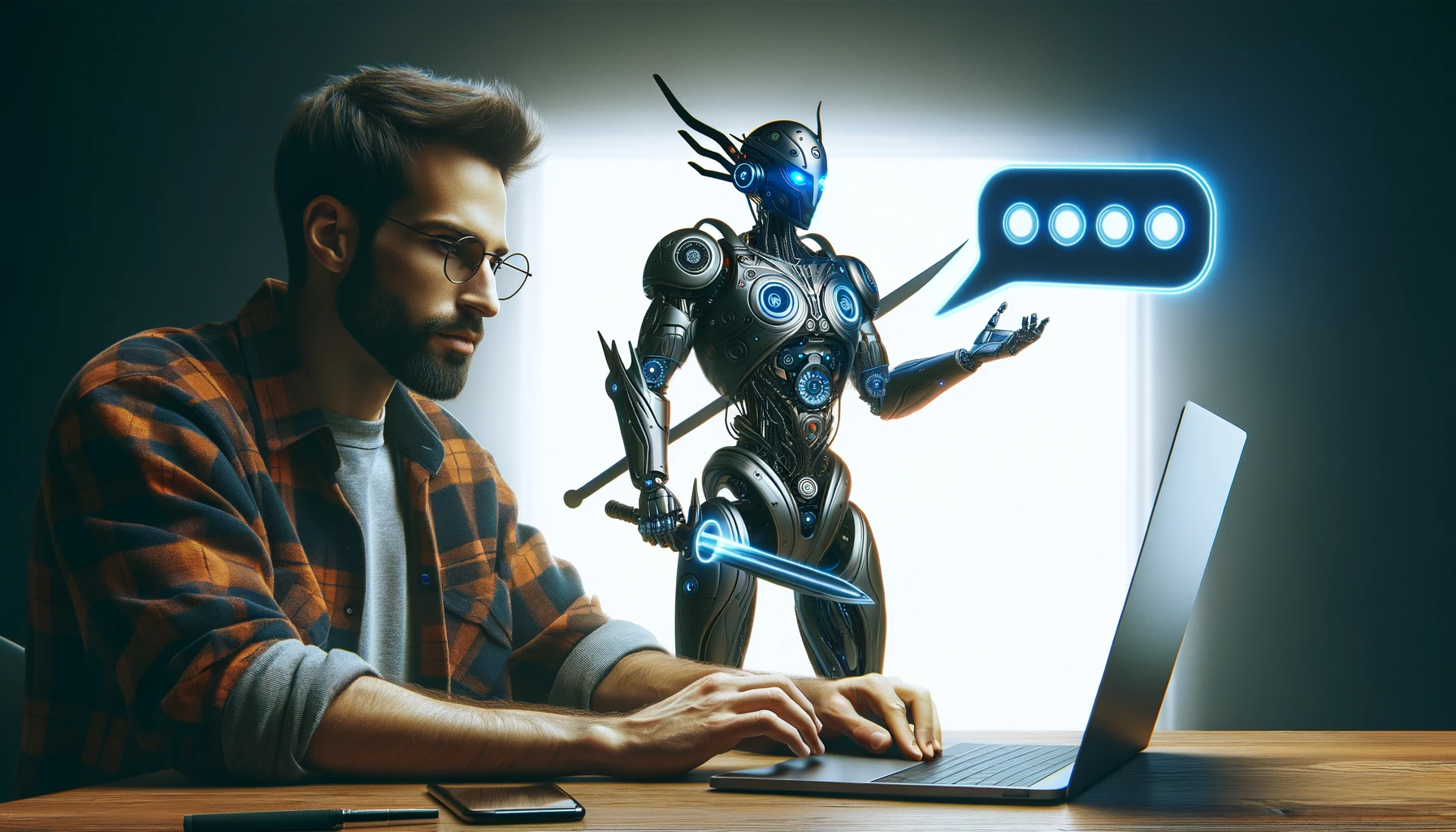Artificial Intelligence (AI) has come a long way since its inception, and one of the most exciting developments in recent years is Character AI. This specialized branch of AI focuses on creating intelligent, interactive characters capable of engaging in conversations, storytelling, and even role-playing. Character AI is revolutionizing how we interact with technology, bringing a new level of creativity and personalization to digital experiences.
What is Character AI?
Character AI refers to the use of artificial intelligence to develop characters that can think, speak, and act autonomously. These characters are often used in various applications, from video games and virtual assistants to educational tools and interactive storytelling platforms. Unlike traditional AI, which is typically designed for tasks like data analysis or automation, Character AI is focused on creating engaging and relatable personas that can interact with users in a meaningful way.
The core of Character AI lies in Natural Language Processing (NLP) and machine learning algorithms that enable these characters to understand and generate human-like text. By analyzing vast amounts of data, Character AI can learn to mimic human conversation patterns, respond to user input, and even adapt to different personalities and scenarios.
The Evolution of Character AI
The concept of intelligent characters has been around for decades, but the technology behind Character AI has only recently matured enough to make it a reality. Early attempts at creating AI-driven characters were often limited by the computational power and algorithms available at the time. These early characters could only follow predefined scripts and lacked the ability to adapt or learn from interactions.
The advent of deep learning and advanced NLP techniques has changed the landscape of Character AI. Today, AI characters can be trained on massive datasets, allowing them to understand and generate text with a high degree of accuracy. This has led to the development of more sophisticated and lifelike characters that can engage in complex conversations, tell stories, and even exhibit emotions.
One of the key milestones in the evolution of Character AI was the release of OpenAI’s GPT (Generative Pre-trained Transformer) models. These models, particularly GPT-3, have demonstrated the ability to generate human-like text based on prompts, making them ideal for creating interactive characters. As a result, many developers have leveraged these models to build AI characters that can be integrated into various applications.
Applications of Character AI
Character AI has a wide range of applications, each offering unique opportunities for creativity and innovation. Some of the most popular uses of Character AI include:
- Video Games: In the gaming industry, Character AI is used to create non-player characters (NPCs) that can interact with players in dynamic and immersive ways. These AI-driven characters can adapt to the player’s actions, provide guidance, or even challenge them in ways that enhance the overall gaming experience.
- Virtual Assistants: Virtual assistants like Siri, Alexa, and Google Assistant have become integral parts of our daily lives. Character AI is used to make these assistants more personable and engaging, allowing them to respond to user queries in a more natural and conversational manner.
- Interactive Storytelling: Storytelling has always been a powerful medium for entertainment and education. Character AI enables the creation of interactive stories where characters can engage with the audience, make decisions, and influence the narrative based on user input. This opens up new possibilities for immersive and personalized storytelling experiences.
- Education: In the field of education, Character AI can be used to create virtual tutors or mentors that provide personalized learning experiences. These AI characters can adapt to the needs of individual students, offering guidance, answering questions, and even simulating real-world scenarios for better understanding.
- Social Media and Chatbots: Character AI is also being used in social media platforms and chatbots to create more engaging and interactive user experiences. AI characters can interact with users in real-time, providing customer support, entertainment, or simply engaging in casual conversation.
The Creative Potential of Character AI
One of the most exciting aspects of Character AI is its potential to unleash creativity. By providing users with tools to create and interact with AI characters, developers can foster new forms of expression and storytelling. For example, platforms like AI Dungeon allow users to create their own stories by interacting with AI-generated characters, leading to unique and unpredictable narratives.
Moreover, Character AI can be used to simulate different personalities and scenarios, allowing users to explore different perspectives and ideas. This can be particularly valuable for writers, game developers, and content creators looking to experiment with new concepts and characters.
The ability to create AI characters that can learn and adapt also opens up new possibilities for collaborative storytelling. Users can work together with AI characters to co-create stories, games, and other creative projects. This collaborative approach can lead to richer and more diverse content, as AI characters bring their own unique perspectives and ideas to the table.
Challenges and Ethical Considerations
While Character AI offers tremendous potential, it also comes with its own set of challenges and ethical considerations. One of the primary concerns is the risk of creating AI characters that are too realistic, blurring the line between human and machine. This raises questions about the ethical use of AI and the potential for misuse in areas like deepfakes or AI-driven propaganda.
Another challenge is ensuring that AI characters are designed with diversity and inclusivity in mind. AI models are trained on large datasets, which can sometimes reflect biases present in the data. Developers must take care to mitigate these biases and ensure that AI characters are representative of different cultures, genders, and identities.
Privacy is also a significant concern, especially when AI characters are used in applications that collect user data. Developers must implement robust security measures to protect user privacy and ensure that AI characters are transparent about how they use and store data.
The Future of Character AI
The future of Character AI is incredibly promising, with new advancements in AI and machine learning continuing to push the boundaries of what is possible. As technology evolves, we can expect to see even more sophisticated and lifelike AI characters that can engage with users in increasingly complex and meaningful ways.
One area of future development is the integration of characters AI with virtual and augmented reality (VR/AR) technologies. This could lead to fully immersive experiences where users can interact with AI characters in 3D environments, blurring the line between the digital and physical worlds.
Another exciting possibility is the use of AI characters in collaborative creative projects. Imagine a future where AI characters work alongside human creators to develop films, games, and other forms of entertainment. This could lead to a new era of co-creation, where AI and humans work together to produce content that is richer, more diverse, and more innovative than ever before.
Conclusion
Character AI represents a fascinating and rapidly evolving field that has the potential to transform how we interact with technology and each other. By creating intelligent, interactive characters, developers are opening up new possibilities for creativity, storytelling, and engagement. As the technology continues to advance, we can look forward to a future where AI characters become an integral part of our digital lives, enhancing our experiences and pushing the boundaries of what is possible.




